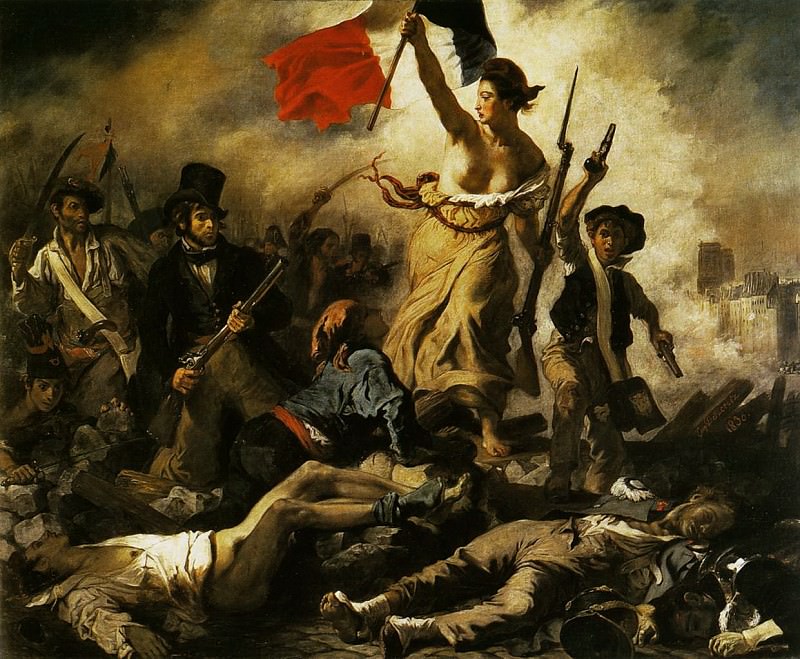Salvador Dalí: A Journey into Surrealism
Salvador Dalí, a name synonymous with surrealism, has left an indelible mark on the world of art. His works are characterized by dreamlike scenes, bizarre imagery, and meticulous detail. Dalí's art transcends conventional boundaries, inviting viewers to explore the depths of the subconscious mind. This exploration into Dalí's artistic world delves into his iconic works, artistic evolution, and the legacy he left behind.
The Early Years: Formative Influences
Born on May 11, 1904, in Figueres, Spain, Salvador Dalí was exposed to art from a young age. His father, a notary, provided a stable but strict environment, while his mother nurtured his artistic inclinations. Dalí's early fascination with Impressionism and Renaissance art laid the foundation for his later works. His enrollment at the Royal Academy of Fine Arts of San Fernando in Madrid marked the beginning of his formal artistic education.
Surrealism: The Dreamlike World
Dalí's entry into the Surrealist movement in the late 1920s was a turning point in his career. Surrealism, an artistic and literary movement founded by André Breton, sought to unleash the creative potential of the unconscious mind. Dalí embraced this ideology wholeheartedly, creating works that defied logic and reason. His painting "The Persistence of Memory" (1931) is a quintessential example, featuring melting clocks draped over a barren landscape. This piece challenges perceptions of time and reality, encapsulating the essence of surrealism.
Iconic Works: A Dive into the Subconscious
One cannot discuss Salvador Dalí without mentioning some of his most iconic works. "The Persistence of Memory," with its eerie, melting clocks, remains one of the most recognized surrealist paintings. It reflects Dalí's fascination with the fluidity of time and the impermanence of reality. Another notable work, "The Elephants" (1948), showcases Dalí's ability to blend dreamlike elements with meticulous detail. The elongated, spindly legs of the elephants create a sense of surreal tension, while the elephants themselves symbolize strength and power.
Dalí and Science: A Fusion of Art and Knowledge
Dalí's interest in science and mathematics profoundly influenced his art. He was fascinated by the theories of psychoanalysis, particularly those of Sigmund Freud, which delved into the workings of the subconscious mind. This fascination is evident in his work "The Elephants," where Freud's theories on the significance of dreams are visually represented. Additionally, Dalí's exploration of quantum mechanics and the fourth dimension is reflected in his painting "Corpus Hypercubus" (1954), which depicts a crucified Christ on a hypercube, merging spirituality with scientific concepts.
The Artistic Evolution: Beyond Paintings
Dalí's creativity was not confined to canvas and paint. He ventured into various artistic domains, including sculpture, film, and photography. His collaboration with filmmaker Luis Buñuel resulted in the avant-garde film "Un Chien Andalou" (1929), a surrealist masterpiece that defied conventional narrative structures. Dalí's sculptures, such as "Lobster Telephone" (1936) and "Mae West Lips Sofa" (1937), further exemplify his ability to transform everyday objects into surrealist art.
Gala: The Muse and Collaborator
Gala Dalí, Salvador's wife, and muse, played a crucial role in his life and art. Born Elena Ivanovna Diakonova, Gala became Dalí's lifelong partner and a source of inspiration for many of his works. Her influence is particularly evident in his painting "Gala Contemplating the Mediterranean Sea" (1976), where her image transforms into a likeness of Abraham Lincoln when viewed from a distance. Gala's presence in Dalí's life was not just as a muse but also as a collaborator, managing his career and finances with precision.
The Dalí Theatre-Museum: A Legacy Preserved
Salvador Dalí's legacy is immortalized in the Dalí Theatre-Museum in Figueres, Spain. Inaugurated in 1974, the museum is a testament to Dalí's genius and creativity. It houses the largest collection of his works, including paintings, sculptures, and installations. The museum itself is a surrealist masterpiece, designed by Dalí to reflect his artistic vision. Visitors can explore the labyrinthine halls, where each room offers a glimpse into the eccentric mind of the artist.
Controversies and Criticisms: The Eccentric Genius
Dalí's eccentric personality often sparked controversy. His flamboyant behavior and self-promotion led to strained relationships with fellow Surrealists, including André Breton, who expelled Dalí from the Surrealist group in 1934. Despite these controversies, Dalí's contributions to the art world remained undeniable. His ability to merge the fantastical with the real created a unique artistic language that continues to captivate audiences.
The Enduring Influence: Dalí's Impact on Modern Art
Salvador Dalí's influence extends beyond the realm of surrealism. His innovative techniques and daring subject matter have inspired countless artists across various disciplines. Contemporary artists continue to draw inspiration from Dalí's exploration of the subconscious and his ability to challenge conventional artistic norms. His legacy lives on through the works of artists who push the boundaries of creativity and imagination.
The Master of Dreams: A Timeless Legacy
Salvador Dalí's art is a journey into the unknown, a voyage through the landscapes of the mind. His ability to transform dreams into visual reality has left an indelible mark on the art world. Dalí's works continue to be celebrated for their surreal beauty and thought-provoking imagery. As we explore his art, we are reminded of the boundless potential of human creativity and the enduring power of the subconscious mind. Salvador Dalí remains a master of dreams, a visionary artist whose legacy transcends time and space.















